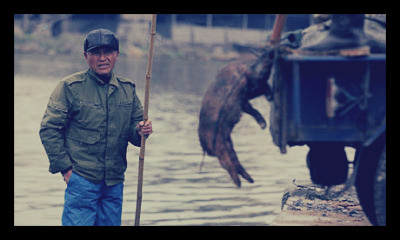
As the UN marks another annual World Water Day, all eyes were focused on Shanghai as the number of dead pigs dragged from rivers that supply the city with water was upped to nearly 16,000 within the last two weeks. Although Chinese officials claim that the incident is not related to water toxicity, the international community has become increasingly concerned as new reports claim that water contamination is the leading cause of illness in the country.
Last week, UNICEF released an alarming study that claims 90 percent of child deaths throughout China were related to bad hygiene and sanitation, and diarrheal disease through polluted water sources. An additional study done by Greenpeace East Asia corroborates these figures and also states that nearly 25 percent of the population has no source of safe drinking water, and an additional 190 million people who are forced to drink from contaminated sources.
Adding to concern is the annual water outlook study by OECD that states demand for water will rise by 55 percent within the next 37 years, while depletion of groundwater sources continues to occur, which the study says will become a major issue for certain regions within the next 10 to 20 years.
Although water access and contamination is slated to reach crisis levels throughout much of the developing world within the next few decades, governments have done relatively little to tackle this issue, with more focusing heavily on energy development and putting water sanitation to the side.
– Christina Kindlon
Source: Guardian
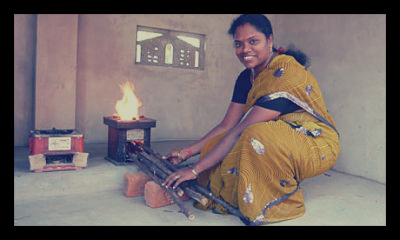
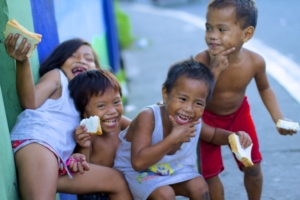 The United States Agency for International Development (USAID) and the Department of Health commended a volunteer-based organization in the Philippines named the Family Planning Organization of the Philippines (FPOP). The group, located in Iloilo City, teaches young students in poor villages about preventing unplanned pregnancy and provides reproductive education. Many low-income families living in the Philippines do not have access to family planning services, so the Filipino volunteer organization has been working diligently to provide this much-needed information.
The United States Agency for International Development (USAID) and the Department of Health commended a volunteer-based organization in the Philippines named the Family Planning Organization of the Philippines (FPOP). The group, located in Iloilo City, teaches young students in poor villages about preventing unplanned pregnancy and provides reproductive education. Many low-income families living in the Philippines do not have access to family planning services, so the Filipino volunteer organization has been working diligently to provide this much-needed information.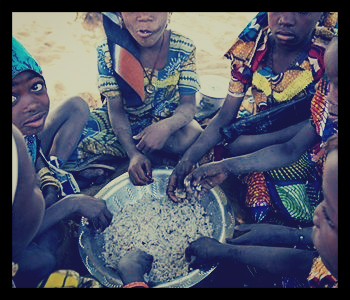
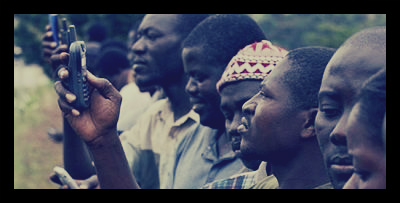 The ONE Campaign has launched an initiative in Africa called “You Choose,” aimed at creating representation for poor citizens throughout Africa on how to reduce
The ONE Campaign has launched an initiative in Africa called “You Choose,” aimed at creating representation for poor citizens throughout Africa on how to reduce 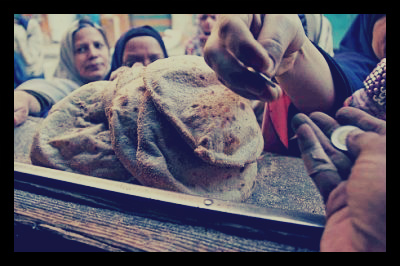 A new web-based tool called Arab Spatial has recently launched and will provide aid workers and researchers access to valuable data relating to food security and malnutrition information throughout the Middle East. Previously,
A new web-based tool called Arab Spatial has recently launched and will provide aid workers and researchers access to valuable data relating to food security and malnutrition information throughout the Middle East. Previously,  In a recent report, the World Health Organization (WHO) has deemed non-communicable diseases as the number one killer throughout the world. Non-communicable diseases (NCDs), such as diabetes, cardiovascular disease, cancer, and chronic respiratory disease, have over an 80 percent occurrence rate in low-income countries and poverty-stricken regions, specifically.
In a recent report, the World Health Organization (WHO) has deemed non-communicable diseases as the number one killer throughout the world. Non-communicable diseases (NCDs), such as diabetes, cardiovascular disease, cancer, and chronic respiratory disease, have over an 80 percent occurrence rate in low-income countries and poverty-stricken regions, specifically. There is some unimaginable technology in this day and age, especially when it comes to its application in developing countries. Many of us are aware of the wonders that small-tech devices can have in education and micro-finance businesses. But when it comes to health-related technology, things can get more expensive and less mobile. Premiering at this year’s SXSW Festival in Austin, Texas is a series of devices that may be the new tools for health clinics around the world with the potential to reduce the cost of expensive equipment, improve patient record keeping, and most importantly save lives. This festival introduces life-saving devices.
There is some unimaginable technology in this day and age, especially when it comes to its application in developing countries. Many of us are aware of the wonders that small-tech devices can have in education and micro-finance businesses. But when it comes to health-related technology, things can get more expensive and less mobile. Premiering at this year’s SXSW Festival in Austin, Texas is a series of devices that may be the new tools for health clinics around the world with the potential to reduce the cost of expensive equipment, improve patient record keeping, and most importantly save lives. This festival introduces life-saving devices.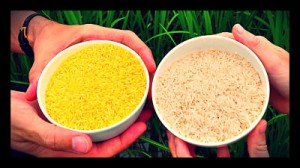 Dr. Gerard Barry, project leader for the International Rice Research Institute (IRRI), is developing a type of genetically modified rice called “Golden Rice.” This rice contains the essential nutrient beta-carotene, the source of vitamin A, which is often lacking in the diets of people living in poverty. The GMO rice is referred to as “Golden” because beta-carotene produces an orange color once added to the rice. Dr. Barry and IRRI are working to address vitamin A deficiency in developing countries and hope that Golden Rice is the answer.
Dr. Gerard Barry, project leader for the International Rice Research Institute (IRRI), is developing a type of genetically modified rice called “Golden Rice.” This rice contains the essential nutrient beta-carotene, the source of vitamin A, which is often lacking in the diets of people living in poverty. The GMO rice is referred to as “Golden” because beta-carotene produces an orange color once added to the rice. Dr. Barry and IRRI are working to address vitamin A deficiency in developing countries and hope that Golden Rice is the answer.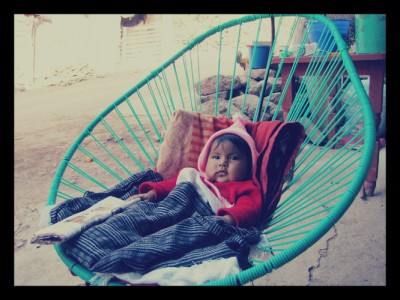 In Mexico, traditional midwifery services have been fallen steadily as women choose to have their babies in hospitals. However, many citizens who still live too far from hospitals need midwives. To meet this demand, Mexico has established its first public midwifery school, and young women are learning this ancient practice with the intent to graduate.
In Mexico, traditional midwifery services have been fallen steadily as women choose to have their babies in hospitals. However, many citizens who still live too far from hospitals need midwives. To meet this demand, Mexico has established its first public midwifery school, and young women are learning this ancient practice with the intent to graduate.